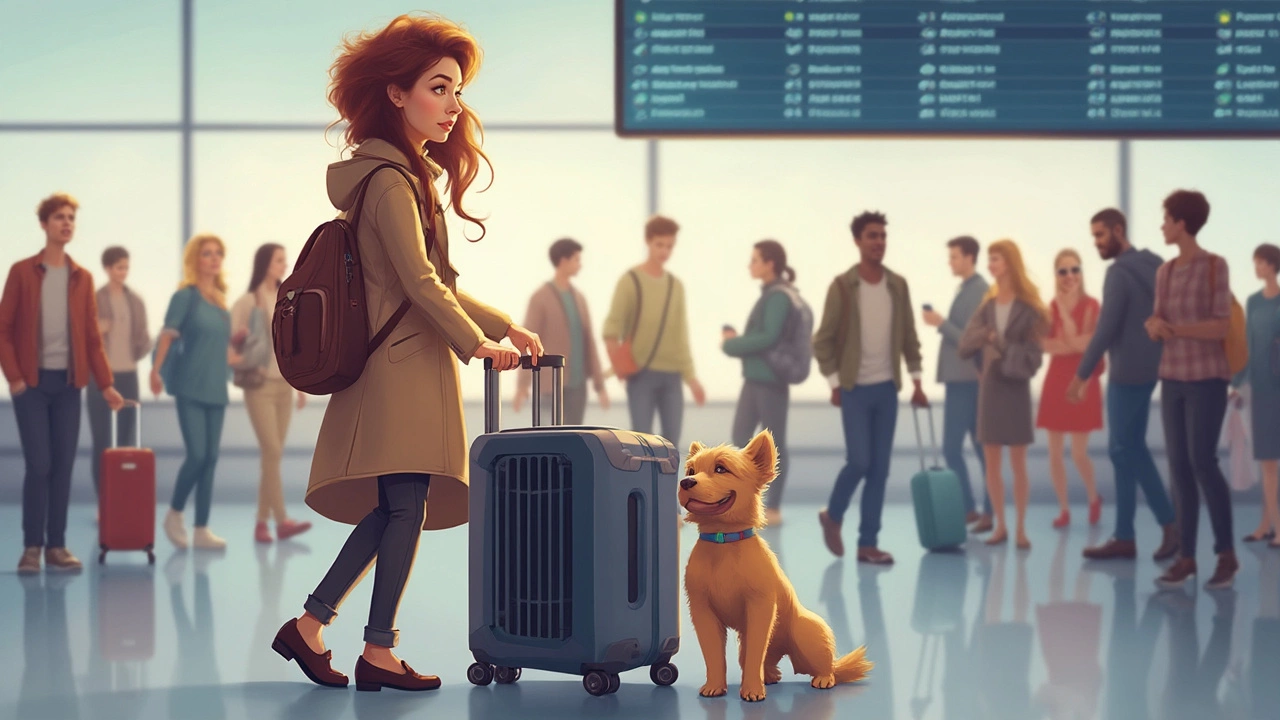TSA Approved Pet Travel: Simple Tips for Easy Airport Journeys
Traveling with a dog can feel like a juggling act, especially when you hear terms like “TSA approved.” You’re probably wondering if your pet’s carrier, food, or toys meet the rules. The good news is the guidelines are clear, and with a little prep you can glide through security without drama.
What Does TSA Approved Mean for Your Pet?
The Transportation Security Administration (TSA) checks anything that goes through the X‑ray lane. For pets, that means the carrier, any treats, and the gear you pack. A “TSA approved” carrier is sturdy, has a zip‑top or hook‑and‑loop closure, and lets the agent see the animal inside without opening it. Soft‑sided carriers that collapse are fine as long as they stay closed during scanning.
TSA agents also look at food and water containers. Clear, leak‑proof bottles or pre‑filled travel bowls are the easiest to inspect. If you bring medication, keep it in its original label so the officer can verify it quickly.
Quick Checklist Before You Head to the Airport
- Carrier: Choose a hard‑sided or reinforced soft carrier that’s well‑ventilated and fits under the seat. Make sure the zip or Velcro is secure.
- ID tags: Attach a collar with your phone number and a recent photo. A microchip is a bonus, but the tag is the first line of help.
- Food & water: Pack a small amount of dry kibble in a clear bag and a collapsible water bowl. Freeze the water a few hours before the flight so it stays solid longer.
- Paperwork: Bring vaccination records, health certificates, and any airline‑specific forms. Some carriers ask for a copy at check‑in.
- Calm environment: Slip a familiar blanket or toy into the carrier. A quick walk before security can let your dog burn off nervous energy.
When you reach the security line, place the carrier on the conveyor belt just like a bag. The TSA will either X‑ray the carrier or, if it’s too dense, do a visual inspection. Stay calm, answer any questions, and keep your dog’s paws on the floor to avoid sudden jumps.
After the scan, collect the carrier, give your dog a sip of water, and head to the gate. If you have a long layover, find a quiet corner or a pet relief area to let your pup stretch. Most UK airports have dedicated pet relief spots near the terminals.
Remember, the key to a smooth trip is preparation. Knowing what counts as TSA approved saves you time, reduces stress, and lets you focus on the fun part – getting to your destination with a happy, wagging tail.
Got a specific airline in mind? Check their pet policy a day before you fly. Some airlines require the carrier to meet both TSA and their own size limits. A quick glance at the airline’s website can prevent a surprise at the gate.
With the right carrier, a tidy checklist, and a calm attitude, you and your dog will breeze through security and be on your way to the next adventure.
Posted By Bryndle Redding On 11 Feb 2025 Comments (0)
TSA Approved Dog Carrier Sizes: What You Need to Know
Traveling with your pet can be a breeze if you choose the right dog carrier that meets TSA regulations. This guide explains which sizes are approved by TSA and provides practical tips for selecting the perfect carrier for your dog. Learn about carrier dimensions, comfort features, and important safety considerations to ensure a smooth journey. Discover helpful insights into preparing your pet for travel, making your trip pleasant and hassle-free.
READ MORE